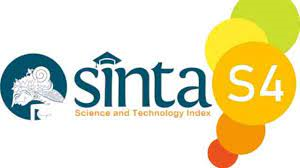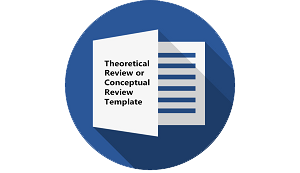Exploring the Use TPACK in Teaching Listening
DOI:
https://doi.org/10.30957/ijoltl.v5i1.614Keywords:
Tpack Framework, Teaching Pratice, and Instructional designAbstract
This research study Exploring the use of the TPACK framework in listening classrooms. This research focuses on how the teacher develops instrument design in listening classroom with the TPACK framework. Data collection consisted of classroom observation, a checklist with indicator guide and field notes Findings the result there is different the teacher 1 and 2 with developing instrument design in listening classroom with TPACK Framework. The different teacher 1 dominant with CK ( content knowledge) and PK ( pedagogical knowledge) and able to is able to design lesson plan involved technology, taught used technology that appropriates with learning material, and she manages the class by using technology. This the conclusion of the research in SMA Budi Bakti about developing instrument design in the listening classroom with TPACK framework
Downloads
References
Arbain, Arbain, Taufik, A., Ngoc, T. T. N., & Nur, D. R. (2017). Basic English Drill. Yogyakarta: Andi Publisher.
Arbain, Arbain, Taufik, A., & Nur, D. R. (2017). Daily English Phrases Book. Samarinda: UWGM Press.
Brown, H. Doughlas. (2000). Principles of Language Learning and Teaching, 4th Edition. Addison Wesley Longman, Inc.
Brown, D. H. (2007). First Language Acquisition, Principles of Language Learning and Teaching. Pearson ESL. Pgs, 24–51. Retrieved from http://cmmr.usc.edu/543/Brown_First_Language_Acquisition.PDF
Bugueño, W. M. R. (2013). Using TPACK to promote effective language teaching in an ESL / EFL classroom, 1–60.
Cohen, L., Manion, L., & Morrison, K. (2013). Research Methods in. The Handbook of Psychology - Vol2 Methods 2 Specific methods.
Creswell, J. W. (2013). Research Design: Qualitative, Quantitative, and Mixed Methods Approaches. Research design Qualitative quantitative and mixed methods approaches.
Hasyuni. (2006). The Students’ Preferred Activities for English Listening Classes (A Survey Conducted to the Second and Fourth Semester Students of English Department of FKIP.
HELGESEN, M. (2003). Listening in Practical Language Teaching. Edited by David Nunan. Mcgraw-hill.
Mishra, P., Koehler, M. J., & Bragg, W. H. (2006). Technological Pedagogical Content Knowledge: A Framework for Teacher Knowledge The advent of digital technology has dramatically changed routines and practices in most arenas of human work. Advocates of technology in ed- ucation often envisage similar dra. Teachers College Record, 108(6), 1017–1054.
Morley, J. (2001). Aural Comprehension instruction: Principles and practices. In M. CelceMurcia, Teaching English as a second of foreign language (Third ed.). Boston: Heinle, Cengage Learning.
Naran, P., & Köse, K. (2016). Technological Pedagogical Content Knowledge (Tpack) of English Language Instructors, (May), 12–19. Retrieved from
Pinnell, G. S., & Jagger, A. M. (2003). Oral language: Speaking and listening in elementary classrooms. In J. Flood, D. Lapp, J. R. Squire, & J. Jensen (Eds.), Hand- book of research on teaching the English language arts, 881–913.
Roblyer, M. D. (2006). Integrating educational technology into teaching. 4th ed.
Downloads
Published
How to Cite
Issue
Section
License
Authors who publish with this journal agree to the following terms:
- Authors retain copyright and grant the journal right of first publication with the work simultaneously licensed under a Creative Commons Attribution-ShareAlike 4.0 International License that allows others to share the work with an acknowledgement of the work's authorship and initial publication in this journal.
- Authors are able to enter into separate, additional contractual arrangements for the non-exclusive distribution of the journal's published version of the work (e.g., post it to an institutional repository or publish it in a book), with an acknowledgement of its initial publication in this journal.
- Authors are permitted and encouraged to post their work online (e.g., in institutional repositories or on their website) prior to and during the submission process, as it can lead to productive exchanges, as well as earlier and greater citation of published work (See The Effect of Open Access).












